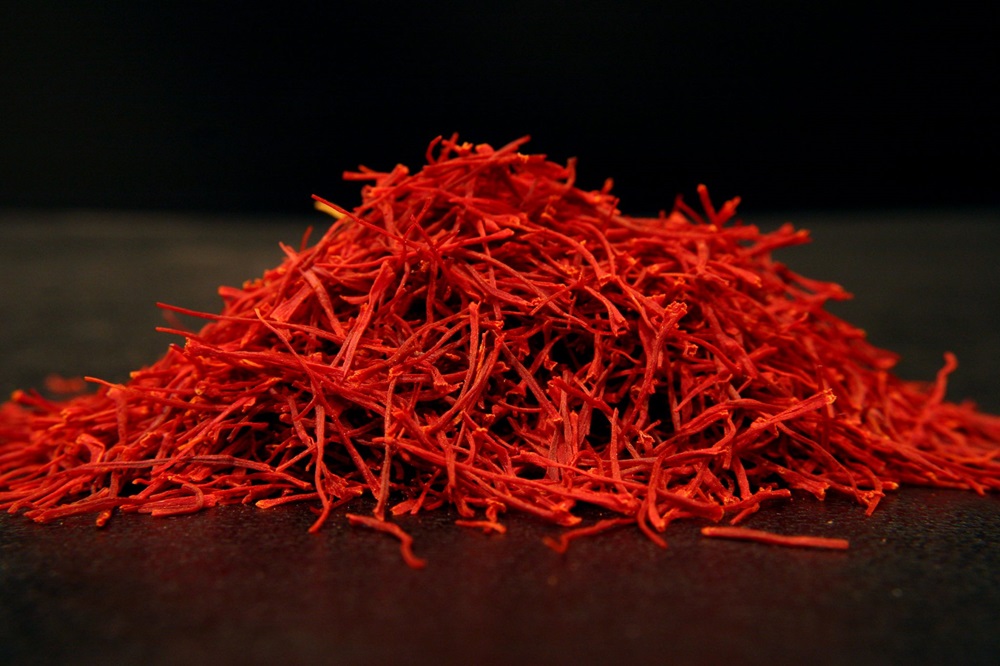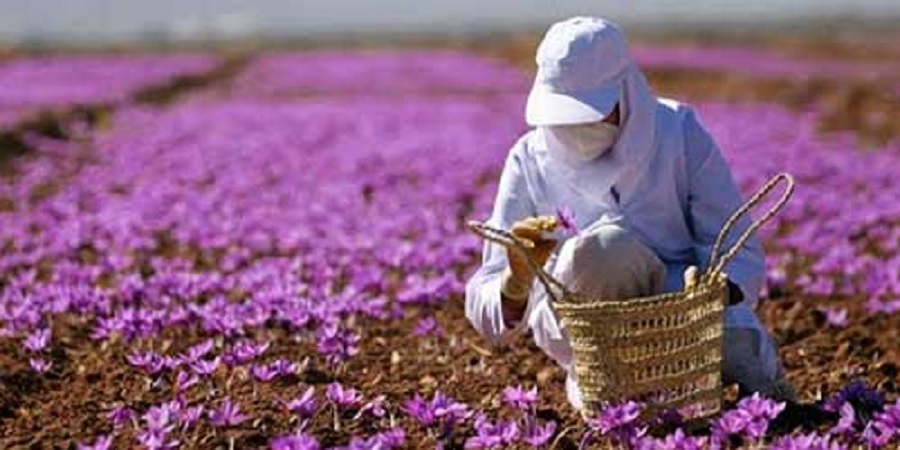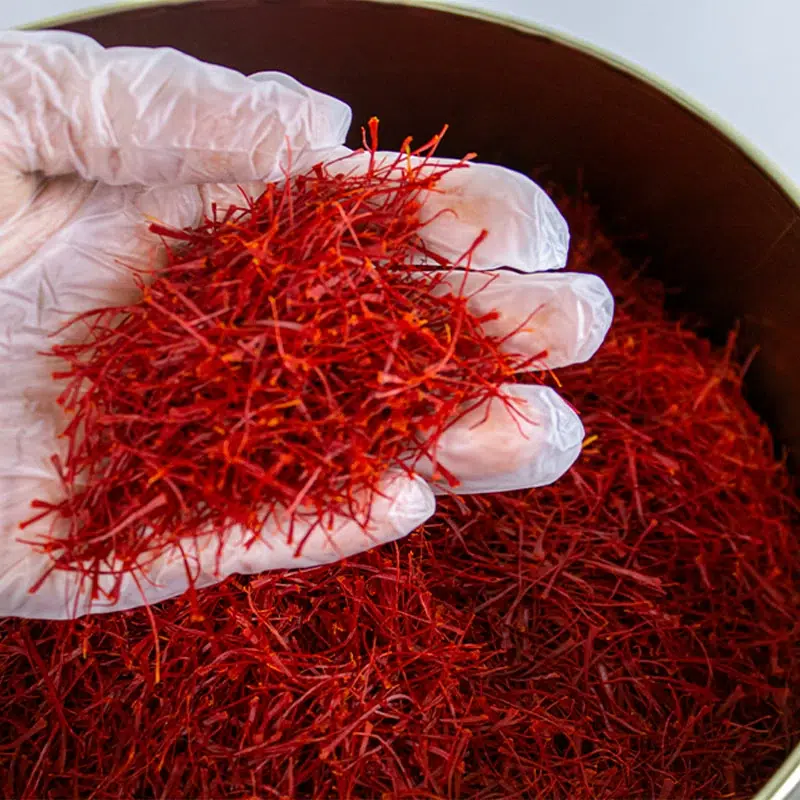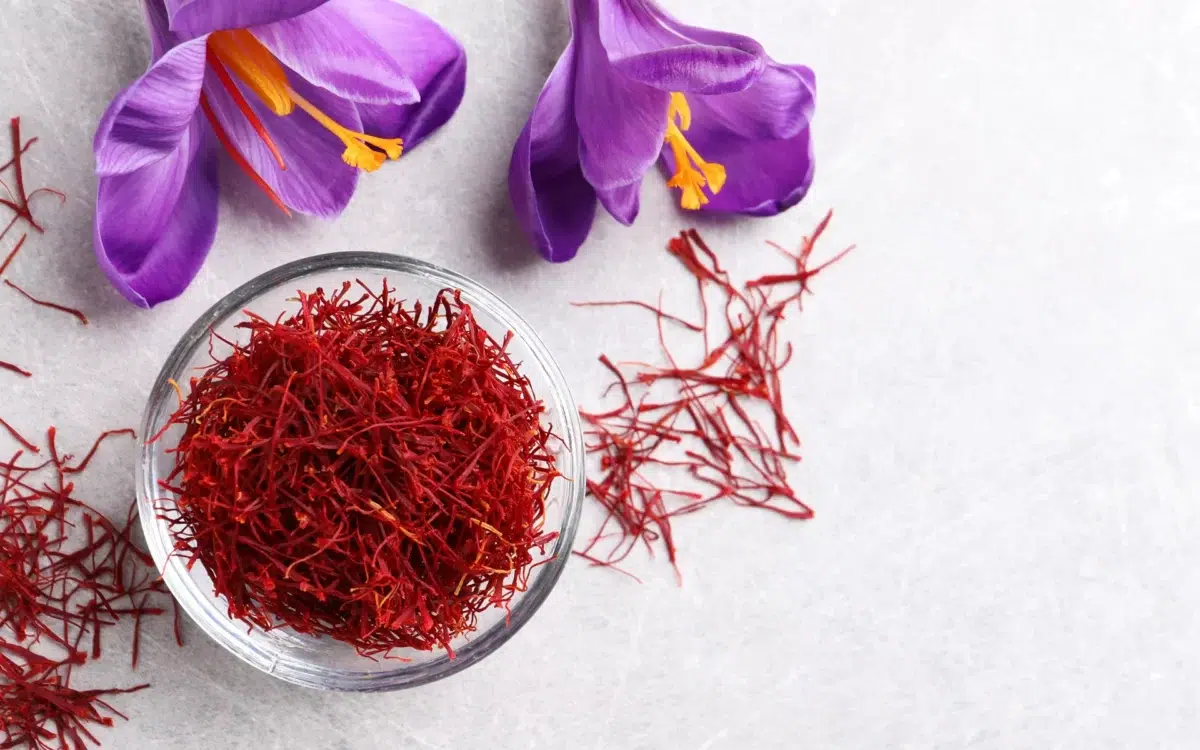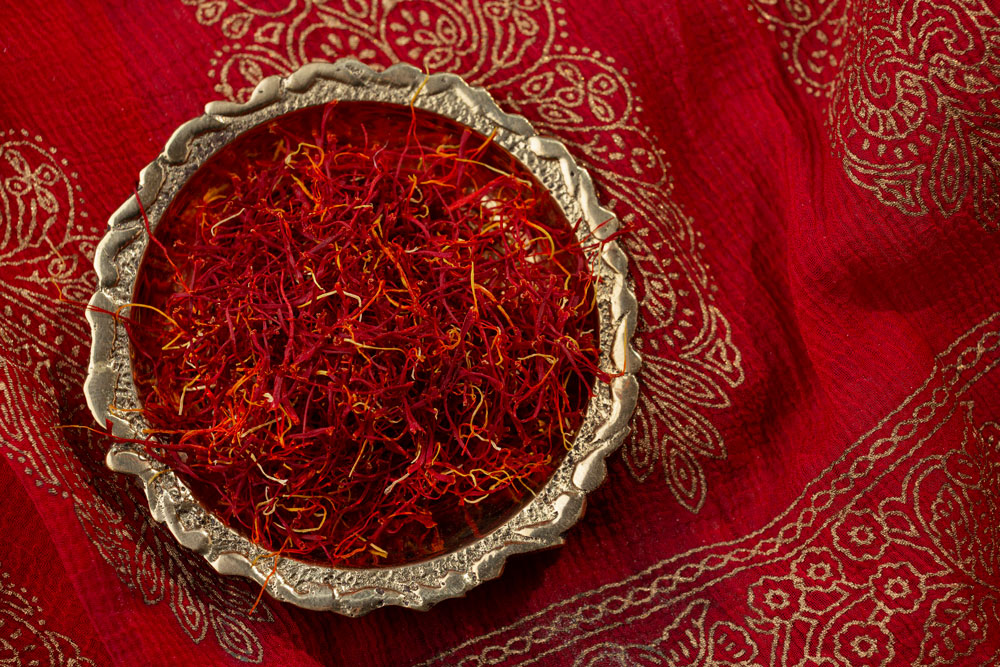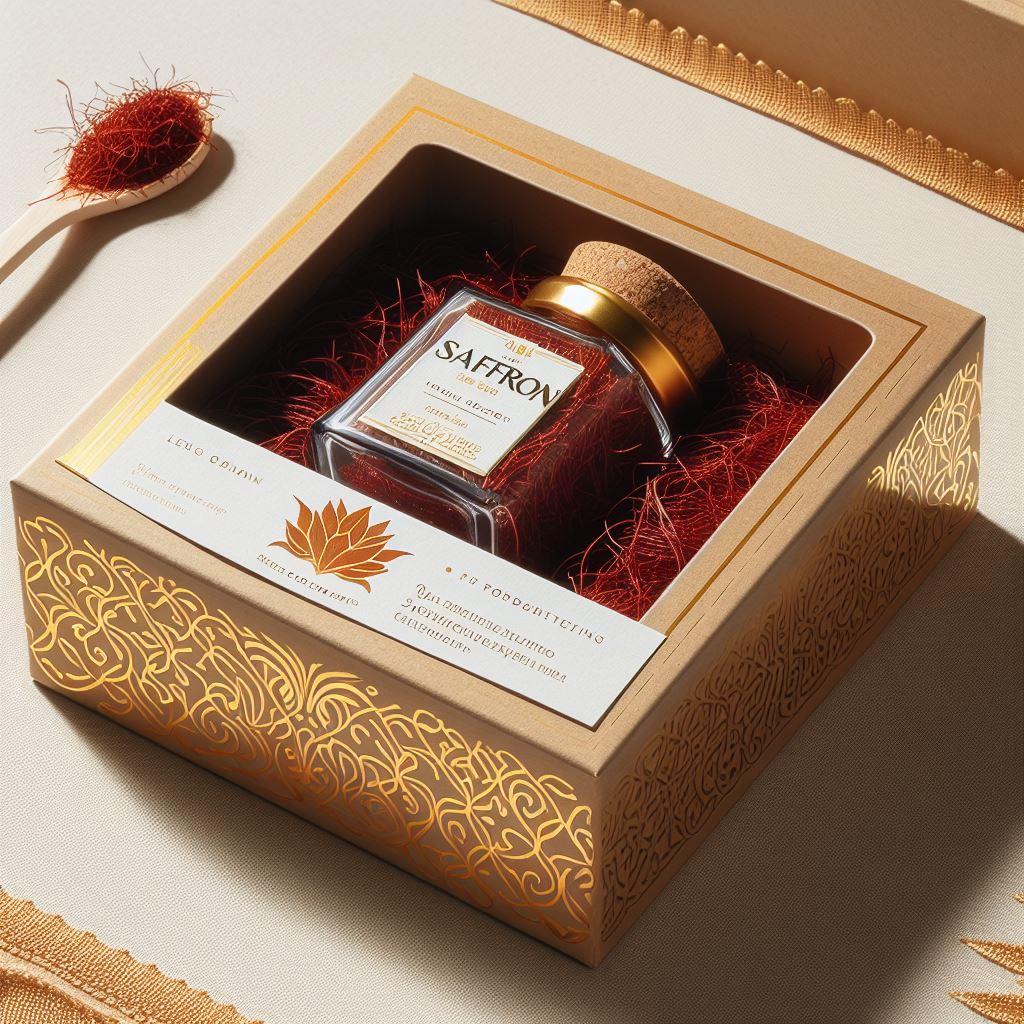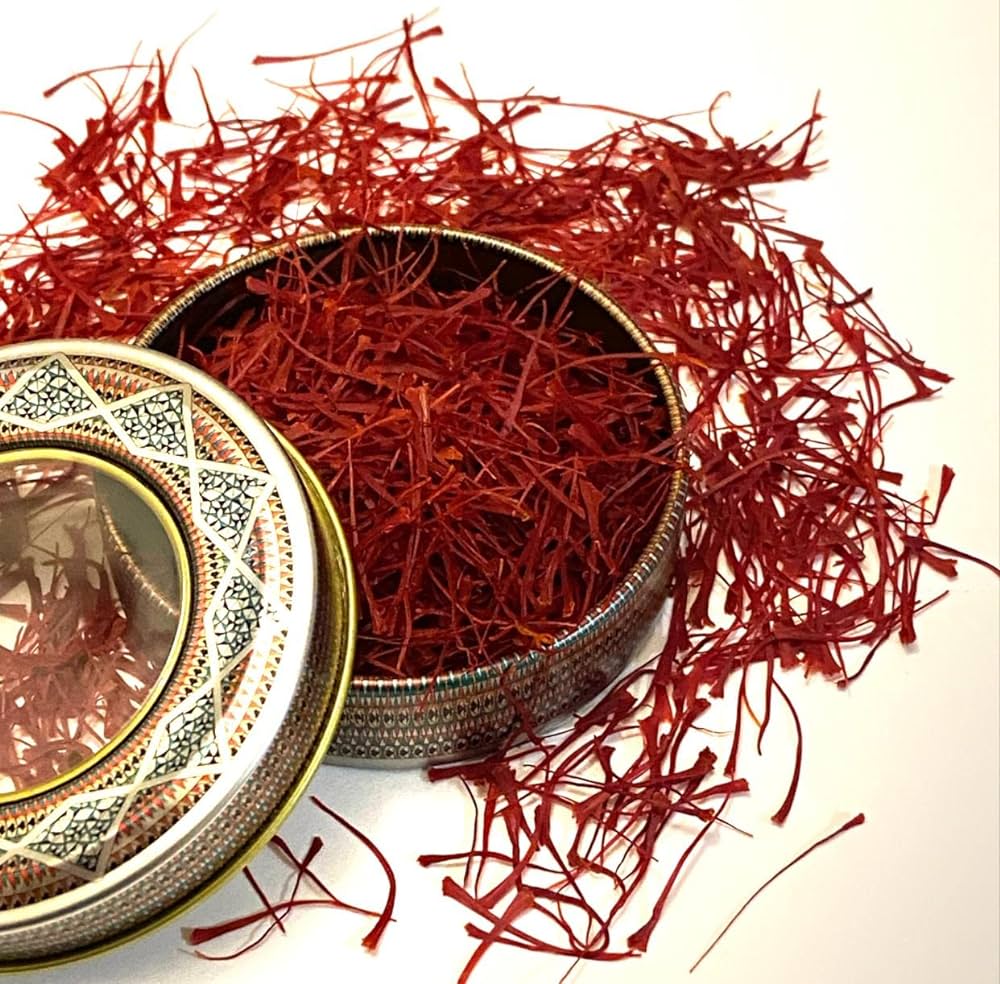WHY SAFFRON?
The effect of anything shows its worth. Some people or some things are known to change the equations and saffron is one of these things. In fact, anything which saffron is added to it can be defined before and after adding saffron. Saffron transforms smell, color and taste. Saffron even raises the respect of your product. When you give your audience something with saffron, you have indeed respected and appreciated them. Perhaps the best word that can be selected for Saffron is power. Below, you can read some articles about saffron in international journals.
WHY IS SAFFRON EXPENSIVE?
Saffron is one of the most expensive things. Which plant is sold in grams? A very low number can be seen in this category. Saffron is valuable as much as it is difficult to obtain. About 110/000 to 170/000 crocus flowers are required in order to obtain one kilogram of dried saffron! Apart from the fact that curing process, soil type and harvest time and the importance of speed increase the value of this magical spice. Saffron has become one of the most expensive spices in the world due to high demand and limited production.
WHY IRANIAN SAFFRON?
Iran can be considered as the cradle of the world’s saffron. Almost 90 percent of the world’s saffron is produced in Iran. Even many of saffron that are distributed with label of other countries are from Iran. Saffron in Iran goes back 3000 years and still has its own power. Saffron is known as the red gold of desert because its origin is Iran’s deserts. Even Unlike the fact that many believe the word saffron originates from Arabic name, Iran is the origin of its name and most of the Arabic sources have reference to Iranian sources.

WHICH ARE THE TYPES OF SAFFRON?
Saffron is not all of the same quality and strength. Strength is related to several factors including the amount of style picked along with the red stigma. Age of the saffron is also a factor. More style included means the saffron is less strong gram for gram, because the colour and flavour are concentrated in the red stigmata. Saffron from Iran, Spain and Kashmir is classified into various grades according to the relative amounts of red stigma and yellow styles it contains.
Grades of Iranian saffron are: “sargol” (red stigma tips only, strongest grade), “pushal” or “pushali” (red stigmata plus some yellow style, lower strength), “bunch” saffron (red stigmata plus large amount of yellow style, presented in a tiny bundle like a miniature wheatsheaf) and “konge” (yellow style only, claimed to have aroma but with very little, if any, colouring potential).
Grades of Spanish saffron are “coupé” (the strongest grade, like Iranian sargol), “mancha” (like Iranian pushal), and in order of further decreasing strength “rio“, “standard” and “sierra” saffron. The word “mancha” in the Spanish classification can have two meanings: a general grade of saffron or a very high quality Spanish-grown saffron from a specific geographical origin. Real Spanish-grown La Mancha saffron has PDO protected status and this is displayed on the product packaging. Spanish growers fought hard for Protected Status because they felt that imports of Iranian saffron re-packaged in Spain and sold as “Spanish Mancha saffron” were undermining the genuine La Mancha brand.

Countries producing less saffron do not have specialised words for different grades and may only produce one grade. Artisan producers in Europe and New Zealand have offset their higher labour charges for saffron harvesting by targeting quality, only offering extremely high grade saffron.
In addition to descriptions based on how the saffron is picked, saffron may be categorised under the international standard ISO 3632 after laboratory measurement of crocin (responsible for saffron’s colour), picrocrocin (taste), and safranal (fragrance or aroma) content.However, often there is no clear grading information on the product packaging and little of the saffron readily available in UK is labelled with ISO category. This lack of information makes it hard for customers to make informed choices when comparing prices and buying saffron.
Under ISO 3632, determination of non-stigma content (“floral waste content”) and other extraneous matter such as inorganic material (“ash”) are also key. Grading standards are set by the International Organization for Standardization, a federation of national standards bodies. ISO 3632 deals exclusively with saffron and establishes three categories: III (poorest quality), II, and I (finest quality). Formerly there was also category IV, which was below category III. Samples are assigned categories by gauging the spice’s crocin and picrocrocin content, revealed by measurements of specific spectrophotometric absorbance. Safranal is treated slightly differently and rather than there being threshold levels for each category, samples must give a reading of 20–50 for all categories.
These data are measured through spectrophotometry reports at certified testing laboratories worldwide. Higher absorbances imply greater levels of crocin, picrocrocin and safranal, and thus a greater colouring potential and therefore strength per gram. The absorbance reading of crocin is known as the “colouring strength” of that saffron. Saffron’s colouring strength can range from lower than 80 (for all category IV saffron) up to 200 or greater (for category I). The world’s finest samples (the selected, most red-maroon, tips of stigmata picked from the finest flowers) receive colouring strengths in excess of 250, making such saffron over three times more powerful than category IV saffron. Market prices for saffron types follow directly from these ISO categories. Sargol and coupé saffron would typically fall into ISO 3632 category I. Pushal and mancha would probably be assigned to category II. On many saffron packaging labels, neither the ISO 3632 category nor the colouring strength (the measurement of crocin content) is displayed.

However, many growers, traders, and consumers reject such lab test numbers. Some people prefer a more holistic method of sampling batches of threads for taste, aroma, pliability, and other traits in a fashion similar to that practised by experienced wine tasters.[34] However, ISO 3632 grade and colouring strength information allow consumers to make instant comparisons between the quality of different saffron brands, without needing to purchase and sample the saffron. In particular, consumers can work out value for money based on price per unit of colouring strength rather than price per gram, given the wide possible range of colouring strengths that different kinds of saffron can have.
Despite attempts at quality control and standardisation, an extensive history of saffron adulteration, particularly among the cheapest grades, continues into modern times. Adulteration was first documented in Europe’s Middle Ages, when those found selling adulterated saffron were executed under the Safranschou code.Typical methods include mixing in extraneous substances like beetroot, pomegranate fibres, red-dyed silk fibres, or the saffron crocus’s tasteless and odourless yellow stamens. Other methods included dousing saffron fibres with viscid substances like honey or vegetable oil to increase their weight. However, powdered saffron is more prone to adulteration, with turmeric, paprika, and other powders used as diluting fillers. Adulteration can also consist of selling mislabelled mixes of different saffron grades. Thus, in India, high-grade Kashmiri saffron is often sold and mixed with cheaper Iranian imports (like Pushal) ; these mixes are then marketed as pure Kashmiri saffron, a development that has cost Kashmiri growers much of their income.
HOW CHEATING HAPPENED IN CASE OF SAFFRON?
Saffron is an expensive and popular product so there is no doubt that many profiteers are trying to gain more and start cheating. Given that there are too many methods of cheating some of which are dangerous. It is better to review common ways of cheating together and then discuss ways to differ original Saffron.
Coloring, making heavy, mixing with stigma corn and adding oil are among the most common methods of producing fake saffron. One of the ways for cheating in saffron is mixing its stigmas with a kind of fat, sugar, salt or honey and increasing its weight.
The most dangerous method of cheating in saffron is the use of artificial colors. This matter can be detected in the laboratory because low coloring of saffron would be indicative of this cheating. These artificial colors are extremely dangerous to human health and in fact, colored flowers sold by other countries as saffron mostly in form of powder is the same dangerous artificial color.
The most natural method of cheating in saffron is use of natural colors of this plant to color other white parts of saffron and mixing it with this product. This method is the most respectful method of cheating! Which has unfortunately become very common. Fraudsters and suppliers can even swear on the purity of their saffron since they have used nothing but saffron.
HOW CAN WE DETECT ORIGINAL SAFFRON?

Detection of original saffron is sometimes very difficult and even experts cannot do it and cheating is revealed only by laboratory tests. However, detection of original saffron form twigs of saffron is the easiest way because twigs of saffron have three branches and their upper part is like clarion which become narrower as it becomes lower but if the Saffron is powdered, the only way of detection is use of laboratory devices. Other methods are as follows:
If twigs of saffron are very bright, it should be sent to the laboratory.
Corn awn is straight but the top of saffron is curved
Pieces of saffron will turn purple or orange in exposure to Butane gas which is due to its potassium but yellow color is created in case of fake saffron (this method is mostly done in laboratories)
If we put saffron strands in brown paper and press it, there should be no grease stains and if there is, saffron is fake
Color of saffron strands are insoluble in gasoline which means color of gasoline should not change when we put saffron strands in it.
If we place a few saffron strands in a cup of boiling water, it should not turn white after about 5 minutes and if it does, saffron is fake
If we place saffron in boiling water, its color should turn yellow and not red or dark orange
Color, odor and taste of saffron is a crucial test for experts. Original taste of Saffron is slightly bitter but pleasant and it has slightly spicy odor.
Facts about keeping and buying Saffron
Saffron has a great value and power so it is not bad to know some facts about it.
Do not buy saffron in high quantity for domestic use because saffron flavor becomes weak over time so always buy as much as you need. Packages up to 5 grams can be a decent amount for ordinary families
Store Saffron metal containers with glass because plastic containers affect the smell and taste of saffron and absorb them.
Crush Saffron only when you want to use for a short time because process of reducing odor and taste increases in crushed Saffron.




